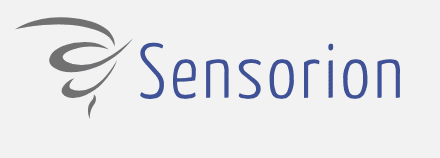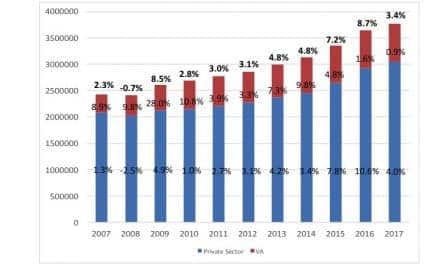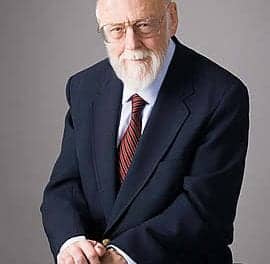A document posted by the National Institute for Occupational Safety and Health (NIOSH) on March 15 and credited both to NIOSH and the Occupational Safety and Health Administration (OSHA) offers guidance for preventing hearing loss that is caused by ototoxic chemicals and noise exposure, OSHA announced on its website. The Department of Health and Human Services (DHHS) (NIOSH) Publication Number 2018-124 lists five examples of substance classes of ototoxic chemicals:
- Pharmaceuticals,
- Solvents,
- Asphyxiants,
- Nitriles,
- Metals and compounds.
Mercury compounds and lead are among the chemicals listed in the metals and compounds class. The asphyxiants listed include carbon monoxide, tobacco smoke, and hydrogen cyanide and its salts.
“There is growing concern among occupational health and safety professionals that ototoxicant-induced hearing loss may go unrecognized since the measure for hearing loss does not indicate the cause,” the five-page document states. “For example, audiometric tests are powerful tools that show hearing impairments (ie, threshold shifts); however, they do not differentiate between noise and ototoxic causes.”
It points out that harmful exposure to ototoxicant chemicals can occur through inhalation, ingestion, or skin absorption. Workers’ risk of hearing loss is increased when they’re exposed to the chemicals while working around elevated noise levels, it says, adding that the hearing loss may be temporary or permanent, depending on the level of noise, the dose of the chemical, and the duration of exposure, and such impairment affects many occupations and industries, from machinists to firefighters.
Source: OSHA
Image: | Dreamstime.com





